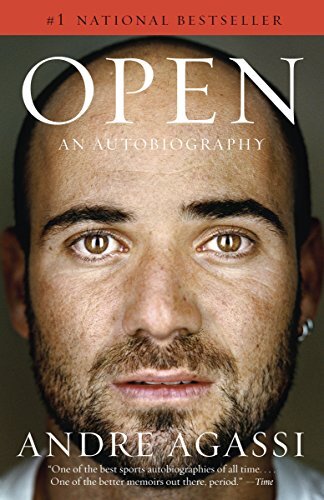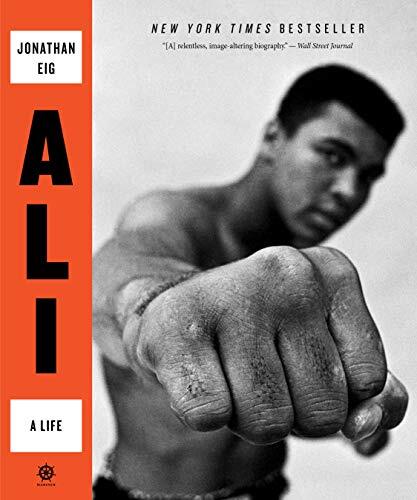From the 1936 Olympics in Berlin to the football fields of Odessa, Texas to the summit of Mt. Everest, here are 10 incredible stories detailing the greatest sports moments in history. Read about the triumphs and failures of some of the world's greatest athletes, including Andre Agassi, Muhammad Ali, and George Pimpton and get an in-depth look into America's favorite pastime from the likes of Michael Lewis and Jim Bouton. Have more great sports books to recommend? Leave a comment below.
10 must-read books for sports fans
Return once again to the timeless account of the Permian Panthers of Odessa - the best high-school football team in Texas history. Socially and racially divided, Odessa isn't known to be a place big on dreams, but every Friday night from September to December, when the Panthers play football, dreams can come true.
Far more than a superb memoir about the highest levels of professional tennis, Open is the engrossing story of a remarkable life. Agassi writes candidly about his early success and his uncomfortable relationship with fame, his marriage to Brooke Shields, his growing interest in philanthropy, and - described in haunting detail - the highs and lows of his celebrated career.
Moneyball is a quest for the secret of success in baseball. Following the low-budget Oakland Athletics, their larger-than-life general manger, Billy Beane, and the strange brotherhood of amateur baseball enthusiasts, Michael Lewis has written not only "the single most influential baseball book ever" (Rob Neyer, Slate) but also what "may be the best book ever written on business" (Weekly Standard).
For readers of Unbroken, out of the depths of the Depression comes an irresistible story about beating the odds and finding hope in the most desperate of times - the improbable, intimate account of how nine working-class boys from the American West showed the world at the 1936 Olympics in Berlin what true grit really meant.
With his characteristic wit, Plimpton recounts his experiences in talking his way into training camp with the Detroit Lions, practicing with the team, and taking snaps behind center. His breezy style captures the pressures and tensions rookies confront, the hijinks that pervade when sixty high-strung guys live together in close quarters, and a host of football rites and rituals.
Wayne Coffey gives readers an ice-level view of the amateurs who took on a Russian hockey juggernaut at the height of the Cold War. He details the unusual chemistry of the Americans and seamlessly weaves portraits of the boys with the fluid action of the game itself. Coffey also traces the paths of the players and coaches since their stunning victory, examining how the Olympic events affected their lives.
When Ball Four was first published in 1970, it hit the sports world like a lightning bolt. Commissioners, executives, and players were shocked. Sportswriters called author Jim Bouton a traitor. Commissioner Bowie Kuhn tried to force him to declare the book untrue. Fans, however, loved the book. And serious critics called it an important social document.
Seabiscuit was one of the most electrifying and popular attractions in sports history and the single biggest newsmaker in the world in 1938, receiving more coverage than FDR, Hitler, or Mussolini. But his success was a surprise to the racing establishment, which had written off the crooked-legged racehorse with the sad tail.
Eig had access to all the key people in Ali's life, including his three surviving wives and his managers. He conducted more than 500 interviews and uncovered thousands of pages of previously unreleased FBI and Justice Department files, as well dozens of hours of newly discovered audiotaped interviews from the 1960s. Collectively, they tell Ali's story like never before - the story of a man who was flawed and uncertain and brave beyond belief.
A bank of clouds was assembling on the not-so-distant horizon, but journalist and mountaineer Jon Krakauer, standing on the summit of Mt. Everest, saw nothing that "suggested that a murderous storm was bearing down." He was wrong. The storm, which claimed five lives and left countless more - including Krakauer's - in guilt-ridden disarray, would also provide the impetus for this epic account of the May 1996 disaster.












